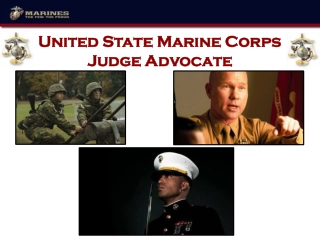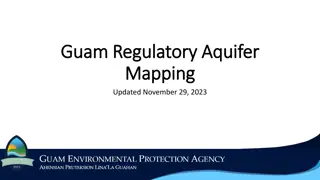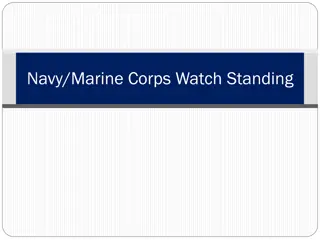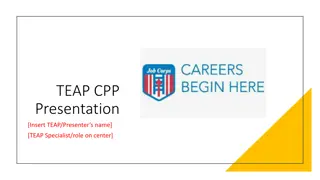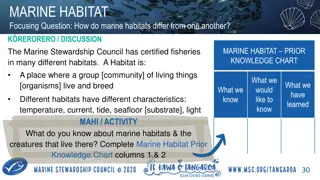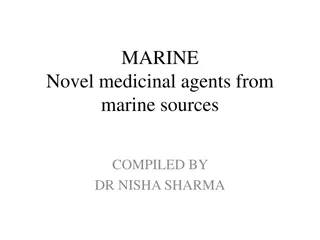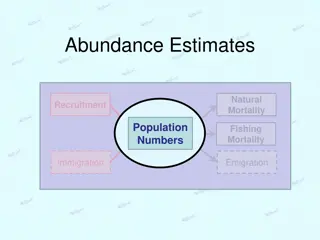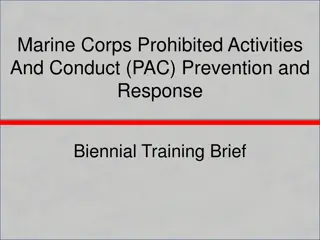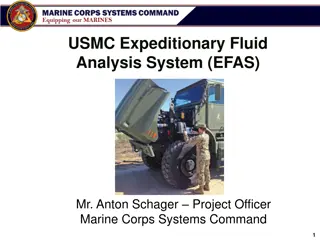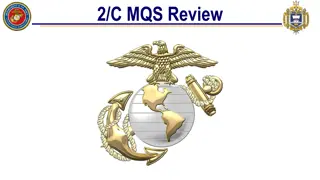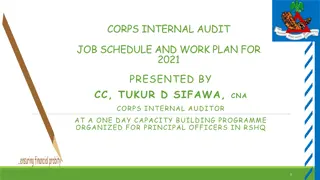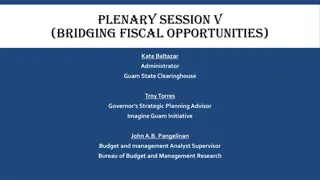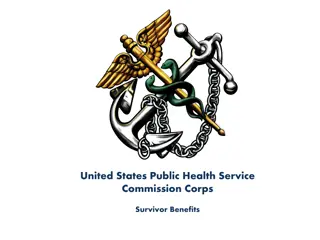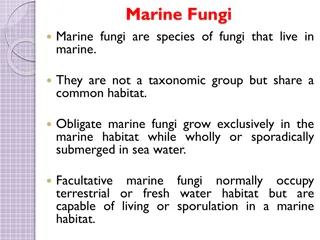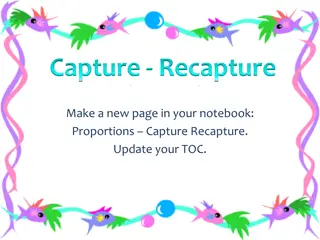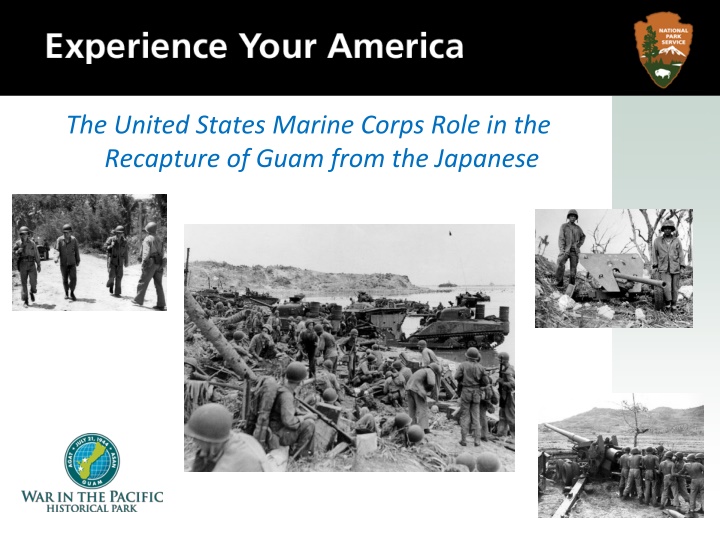
Role of US Marine Corps in Recapturing Guam from Japanese
Discover the pivotal role played by the US Marine Corps in the recapture of Guam from Japanese forces during World War II in July 1944. Explore images depicting the landing forces, battle scenes, and the sacrifice made by the Marines. Uncover the bravery and strategic maneuvers that led to the successful liberation of Guam, with insightful analysis of photographs and prints capturing the intense moments of war.
Download Presentation

Please find below an Image/Link to download the presentation.
The content on the website is provided AS IS for your information and personal use only. It may not be sold, licensed, or shared on other websites without obtaining consent from the author. If you encounter any issues during the download, it is possible that the publisher has removed the file from their server.
You are allowed to download the files provided on this website for personal or commercial use, subject to the condition that they are used lawfully. All files are the property of their respective owners.
The content on the website is provided AS IS for your information and personal use only. It may not be sold, licensed, or shared on other websites without obtaining consent from the author.
E N D
Presentation Transcript
The United States Marine Corps Role in the Recapture of Guam from the Japanese
The U.S. landing force on Guam in July 1944 numbered 55,000 men. Marines shooting at Japanese snipers. July 28, 1944.
The bulk of the landing force on the morning of July 21 belonged to the 3rd Marine Division who landed on the northern beaches at Asan, and the First Provisional Marine Brigade, who landed on the southern beaches near Agat. US Marine Corp Major General Allen Turnage. July 29, 1944.
The First Provisional Marine Brigade had been organized just a few months before, and included the 4th and 22nd Marines. The men of this brigade had seen action in the Pacific at Bougainville and Guadalcanal. A Marine Corps Tank. August 3, 1944.
In the 21days of battle, the Marines lost over a thousand men. Thousands more were wounded in action. At the end of the period, there were over twice as many enemy dead. Standing in front of a Japanese anti-tank gun. July 1944.
Analyzing Photographs & Prints 1) Observe 2) Reflect Identify and note details. Ask yourself the following questions: What did I notice first? What people and objects are shown? How are they arranged? What is the physical setting? What, if any, words do I see? What other details can I see? Generate and test hypotheses about the image. Why do you think this image was made? What s happening in the image? When do you think it was made? Who do you think was the audience for this image? What tools were used to create this? What can you learn from examining this image? What s missing from this image? If someone made this today, what would be different? What would be the same?
Write a caption for each of the following images that you see. OR Predict what will happen one minute after the scene shown in the following images. Now Let s Analyze!
Marines carrying a wounded soldier down a 200 ft slope. July 23, 1944.
A Japanese bus stop sign in Asan. July 25, 1944.
Marine blasting a pillbox at Orote Peninsula. July 28, 1944.
US Marine using flame throwers to force Japanese soldiers out of their hiding places. July 29, 1944.
Marines throwing grenades at Japanese troops. August 3, 1944.
Analyzing Photographs & Prints 3) Further Investigation Ask questions to lead to more observations and reflections about these photos. What do you wonder about Who? What? When? Where? Why? How? information and understanding of World War II. How would you refine or revise the way history could be taught in schools? How would you expand or alter your textbook explanations of history based on these primary sources you just looked at? Consider how these photos support or challenge
Bibliography War in the Pacific National Historical Park. USMC. nps.gov. National Park Service, n.d. Web. March 2011.


